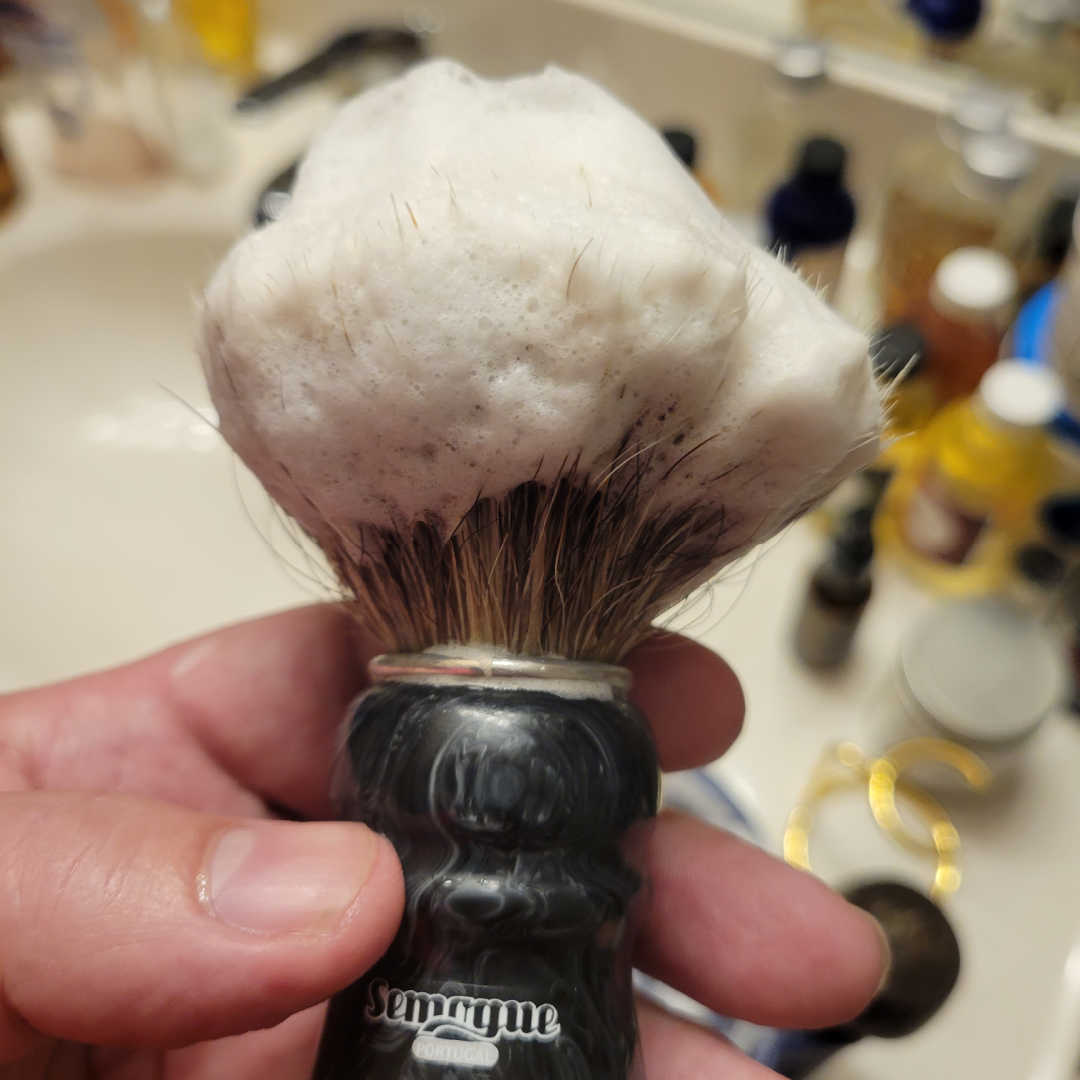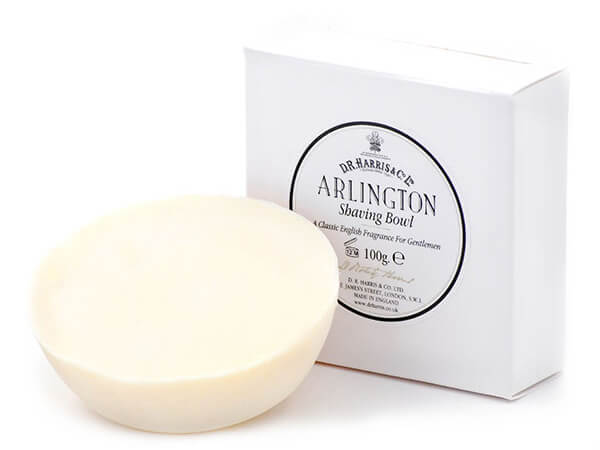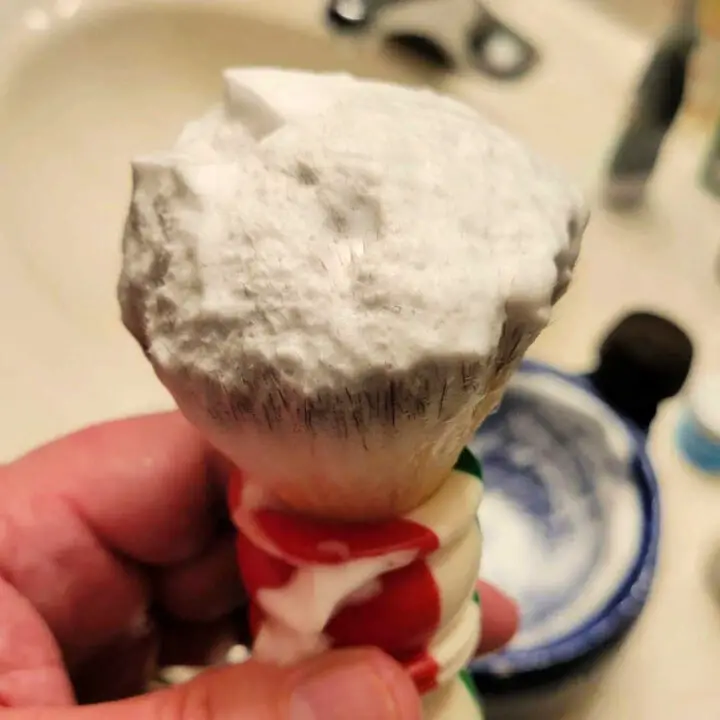
Shaving soap can be the foundation of a great shaving experience, and mastering the art of lathering hard shaving soap can elevate your routine. By understanding the right techniques and tools, you can create a rich, creamy lather that softens your beard and protects your skin. Here are some practical tips to get the best performance from your hard soap, ensuring a smoother, more comfortable shave.
Selecting the Right Tools for Lathering
Lather quality depends on the tools you choose. The right type of brush, appropriate bowls, and the right amount of water all create the difference between a luxurious, thick lather and a disappointing, watery one.
Essential Equipment: Brushes, Bowls, and Water
A dense bristle brush excels at agitating hard soap into a creamy lather by holding ample water and creating friction. Pair this with a ceramic or non-porous bowl to retain heat and prevent soap residue buildup. Pay attention to water temperature and quantity—you want just enough to soften the soap without diluting it. Experiment by adding water drop by drop to get a rich, lubricating foam that cushions your blade smoothly.
Understanding Soap Composition: Hard vs. Soft
Hard soaps typically feature a high concentration of stearic and palmitic acids, which solidify the bar and provide a stable, long-lasting lather. Soft soaps contain more glycerin and water, resulting in a creamier, less dense consistency. Because of their composition, hard soaps demand more vigorous brush work and controlled water addition to unlock their full lathering potential, while soft soaps require milder agitation and less precise hydration.
Hard soap’s dense nature means you’ll need to load your brush longer—sometimes 20 to 30 seconds—to incorporate enough soap for a thick lather. The high stearic acid content also improves the soap’s water resistance, allowing the lather to remain stable even with additional water.
Mastering the Technique of Lathering

Developing a smooth, rich lather from hard soap hinges on balancing soap, water, and brush motion. Start by soaking your brush in warm water for about 30 seconds to soften the bristles without oversaturating (assuming you have an animal hair shave brush. Synthetic fibers do not need soaking). Then gently load the brush over the soap’s surface in circular motions, aiming for a creamy consistency rather than a watery foam. Pay attention to how quickly your lather thickens—adjust water by drops and add more soap sparingly until the bowl or face lather forms dense peaks that hold their shape. With practice, you’ll find exact measures that suit both your soap and skin type.
The Perfect Brush: How to Choose and Prepare
Selecting a brush with a densely-packed hair knot between 20 to 24 mm in diameter offers a good balance of stiffness and water retention. This is one circumstance where a properly broken-in boar hair brush might excel!
Building Your Lather: Techniques for Maximum Volume
Loading your brush with a generous but controlled amount of soap is the foundation of a voluminous lather. Rather than rushing, swirl the brush slowly over the soap surface for 20 to 30 seconds to extract the right amount. Next, begin whipping the lather vigorously in a bowl or directly on your palm, gradually adding water one drop at a time. This slow incorporation of moisture encourages stable microbubbles that create a thick, luxurious foam capable of cushioning your shave.
Expanding on building maximum volume, consider starting with a drier brush if you want a thicker initial load, as the drier bristles pick up more concentrated soap. Transitioning to wet lather involves careful, incremental water addition—too much too soon breaks the bubbles, while too little keeps the texture stiff. Experiment with circular wrist motions rather than back-and-forth strokes to evenly aerate the lather. Over time, you’ll develop an intuitive sense for the ideal brush pressure and movement speed, optimizing the density and cushion of each shave’s foundation.
Troubleshooting your Lathering Process
If your lather turns out too dry, too soft, or lacks volume, take note of how much water and soap you’re using—both can dramatically alter your results. Experimenting with brush loading time and speed can also help achieve a creamier, more stable lather. Sometimes, the hardness of your water or the soap’s formulation requires minor tweaks to your technique or water ratios to get that perfect, cushiony foam.
Common Mistakes to Avoid for Optimal Lather

Overloading your brush with soap often leads to a dense, pasty lather that won’t spread well, while underloading makes the lather thin and weak. Adding water too quickly can cause the mixture to break down or become watery, and neglecting to soak your brush for an adequate time might leave you with insufficient hydration. Watching these common pitfalls lets you maintain control over the texture and richness of your shave-ready lather.
Enhancing the Shaving Experience
Beyond the mechanics of lathering, fine-tuning various elements around you can elevate your shave significantly. Factors like water quality, brush type, and the environment in which you shave subtly influence the lather’s richness and stability. Introducing a ritualistic approach by prepping your face and equipment better will deepen the sensation and efficacy of each pass. By honing in on these details, you’ll notice how swiftly your routine transforms, making daily shaving less of a chore and more of a moment to savor.
The Role of Temperature in Lather Quality
Water temperature directly affects how well your hard shaving soap dissolves and lathers. Warmer water between 95°F to 110°F helps break down soap molecules efficiently, producing a dense, creamy lather with lasting cushion. Conversely, cooler water slows the process, resulting in thinner lather prone to drying quickly. Testing your water temperature and adjusting accordingly, either by mixing hot and cold water, ensures the soap activates fully. This subtle tweak can markedly enhance glide and skin protection during your shave.
Incorporating Pre-Shave Products for Superior Results
Applying pre-shave oils or balms can improve your lather’s texture and shaving comfort by priming your skin and softening facial hair. Ingredients such as jojoba oil, grapeseed oil, or glycerin create a thin protective layer that reduces friction and enhances moisture retention. This allows your lather to spread more smoothly and remain hydrated longer, translating into fewer nicks and a more comfortable glide. Experiment with different formulations to find what complements your soap best for an upgraded shaving ritual.
Exploring the synergy between pre-shave products and hard soap lathering can yield substantial benefits. For instance, a lightweight pre-shave oil with emollients not only boosts softness but also extends the lather’s lifespan, preventing it from drying out mid-shave. Additionally, certain balms incorporate skin conditioners and anti-inflammatory agents, which soothe razor irritation and provide a fresh canvas for your lather. Balancing these with your soap’s profile — whether rich and tallow-based or vegan-friendly — enhances both performance and your overall shave satisfaction.
To wrap up
Drawing together these tips for lathering hard shaving soap, you should start by fully wetting your brush to ensure it holds enough water. Work the brush in small, circular motions to build a rich, creamy lather, adding water gradually to achieve the right consistency. Patience during this process pays off, as a well-lathered soap offers better protection and a smoother shave. By focusing on technique and the right water balance, you’ll enhance your shaving routine and enjoy a more comfortable experience every time.
